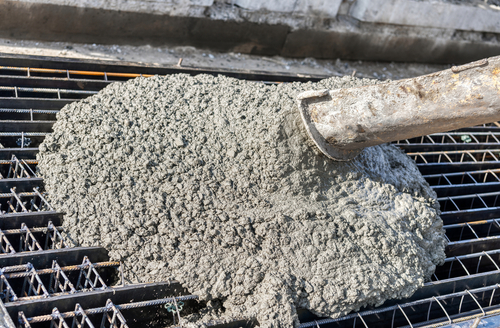In the realm of construction, the ratio of cement mortar for block masonry plays a crucial role in determining the strength, durability, and overall quality of the structure. Understanding and implementing the correct ratio is essential for achieving optimal results. In this blog post, we will delve into the intricacies of cement mortar ratios, exploring their significance, factors influencing their selection, and practical tips for ensuring a successful masonry project.
- The Importance of Cement Mortar Ratio:
The cement mortar ratio refers to the proportion of cement, sand, and water used in the mortar mix. It directly affects the workability, compressive strength, and bonding properties of the masonry. Achieving the right ratio is vital to ensure structural integrity, prevent cracks, and enhance the longevity of the construction. - Factors Influencing Cement Mortar Ratio:
a) Block Type: Different types of blocks, such as concrete blocks, clay blocks, or AAC blocks, have varying characteristics that influence the mortar ratio. The density, porosity, and absorption capacity of the blocks must be considered when determining the appropriate ratio.
b) Environmental Conditions: Factors like temperature, humidity, and exposure to moisture affect the curing time and strength development of the mortar. Adjustments in the ratio may be necessary to compensate for these conditions.
c) Structural Requirements: The intended load-bearing capacity, seismic resistance, and design specifications of the structure influence the choice of mortar ratio. Consulting structural engineers and adhering to local building codes is crucial in this regard. - Recommended Cement Mortar Ratios:
a) Standard Ratio: The most commonly used ratio for block masonry is 1:6 (cement:sand) by volume, with a water-cement ratio of 0.4. This ratio provides a good balance between workability and strength for general construction purposes.
b) High-Strength Ratio: For structures requiring higher compressive strength, such as tall buildings or heavy-load-bearing walls, a ratio of 1:4 or even 1:3 may be recommended. However, it is essential to consider the block type, curing conditions, and structural requirements before opting for a higher ratio.
c) Specialized Ratios: Certain situations, such as extreme weather conditions or chemical exposure, may call for specialized mortar ratios. Consulting with experts and conducting thorough testing is crucial in such cases. - Tips for Achieving Optimal Results:
a) Accurate Measurement: Use precise measuring tools to ensure the correct proportion of cement and sand. Small deviations can significantly impact the mortar's performance.
b) Thorough Mixing: Properly mix the cement, sand, and water to achieve a homogeneous and consistent mortar. Avoid excessive water, as it can weaken the mixture.
c) Gradual Water Addition: Add water gradually while mixing to achieve the desired workability. This approach helps prevent over-watering and maintains the mortar's strength.
d) Pre-wetting Blocks: Before applying the mortar, dampen the blocks slightly to prevent excessive water absorption, which can weaken the mortar bond.
e) Curing: Adequate curing is essential for the mortar to gain strength. Protect the masonry from drying too quickly by covering it with a damp cloth or using curing compounds.
Conclusion:
The ratio of cement mortar for block masonry is a critical aspect of construction that should not be overlooked. By understanding the significance of the ratio, considering influencing factors, and following recommended guidelines, builders can ensure the structural integrity and longevity of their projects. Implementing the correct ratio, along with proper mixing and curing techniques, will result in robust and durable masonry that stands the test of time.

